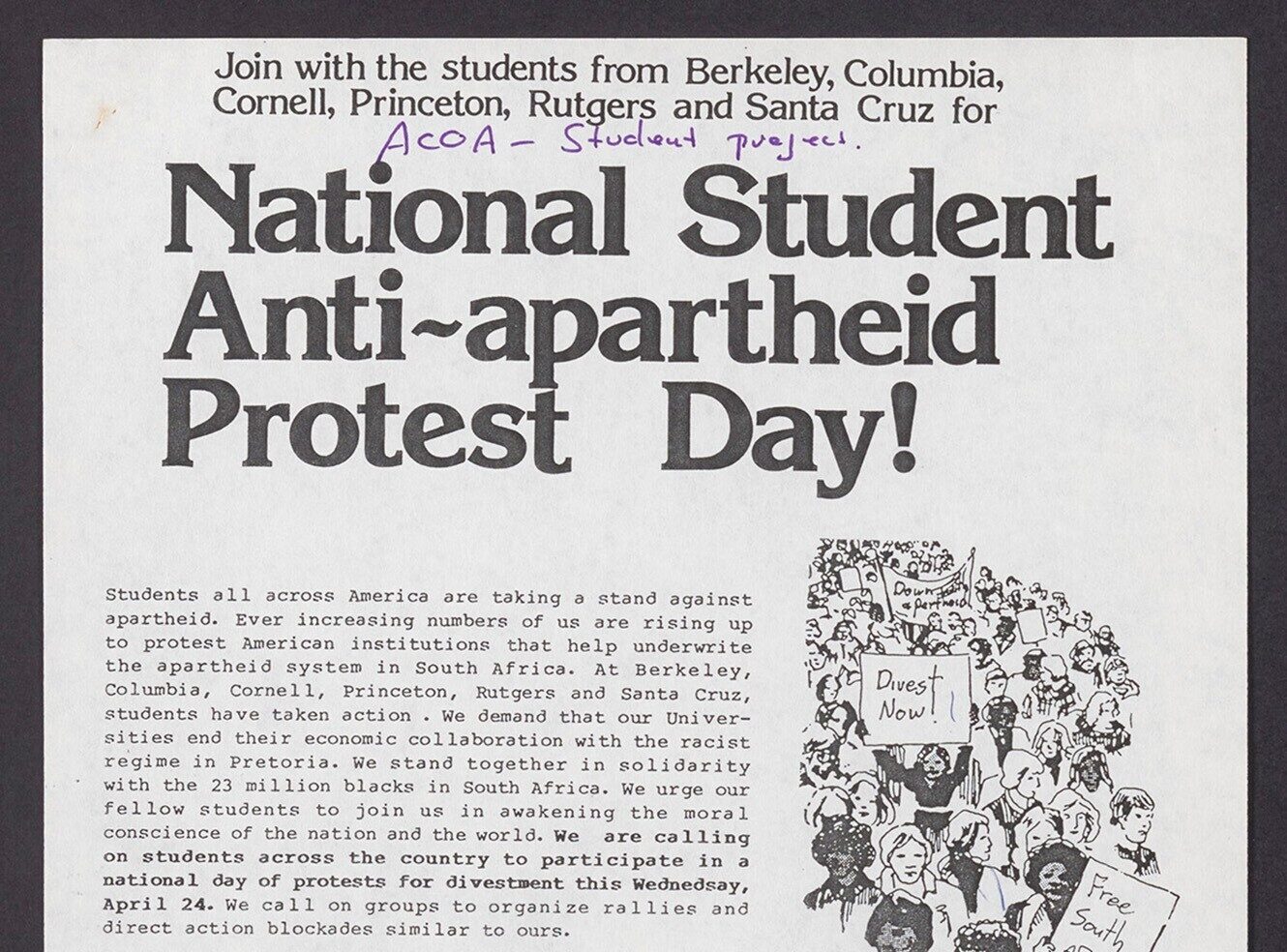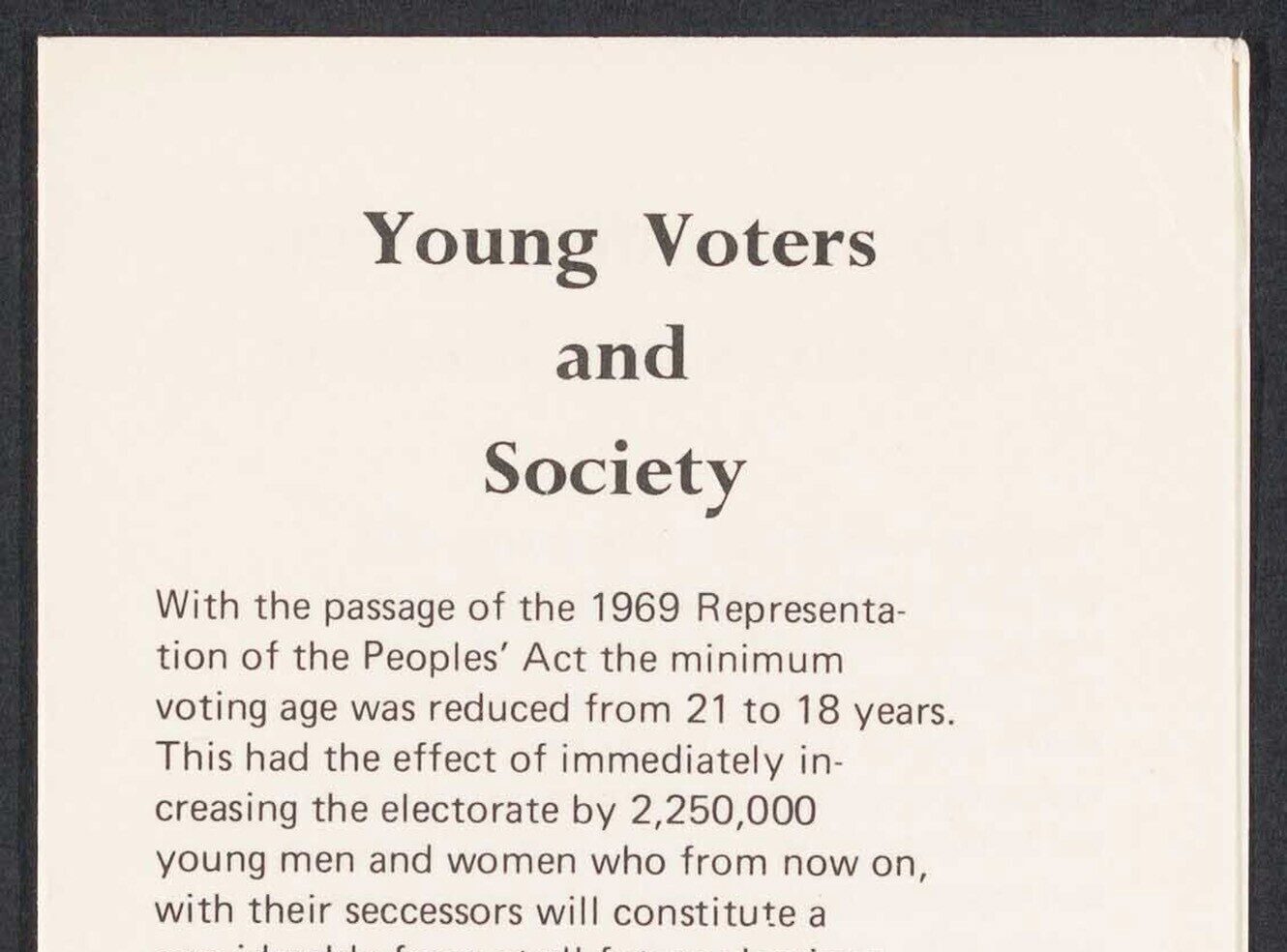Six tips for reviewing the accessibility of your digital collections
When creating digital collections, it’s essential to consider the needs of as many of your potential users as possible. But if accessibility is not your specialism, where should you start?
In a recent AM Quartex webinar, library and archive practitioners from Syracuse University Libraries and Towson University Special Collections and University Archives, and AM's UX Designer, shared their advice for those about to start their accessibility journey.
- Seek out experts on campus or in the community who can help you understand what to look for and what questions to ask vendors.
- Explore available technology systems that meet your asset management and display needs, and reach out to peers who are already using those systems to learn what their experience has been.
- As well as seeking advice from others, it's important to have someone on both the vendor team and your team who is responsible for accessibility. It could be your developer or someone in your library or archive team who has attended training courses, or an expert accessibility practitioner; just having a specialist who is well-versed in the field or knows where to go for further guidance is crucial.
- Communication is key. Being able to openly and honestly discuss accessibility with all of your stakeholders is essential.
- Be patient; resist the temptation to cut off access to materials just because they aren't 100% accessible. Remember, accessibility is an iterative journey, not a destination.
- Finally, focus on the empathy of the situation. Put yourself in the shoes of those who need accessibility adjustments. Doing so can help to ensure that your content is as accessible as possible without sacrificing the usability of your digital archive along the way.
In short, when it comes to embedding accessibility into your digital collections, seeking advice from specialists and communicating regularly with stakeholders are key.
Nobody expects 100% accessibility of every element of your collections overnight. Remember that it’s a journey, and, that being the case, celebrate the small steps that add up to big strides in the right direction.
Recent posts

The blog highlights American Committee on Africa, module II's rich documentation of anti-apartheid activism, focusing on the National Peace Accord, global solidarity, and student-led divestment campaigns. It explores the pivotal role of universities, protests, and public education in pressuring institutions to divest from apartheid, shaping global attitudes toward social justice and reform.

This blog examines how primary sources can be used to trace the impact of young voices on society, particularly during pivotal voting reforms in the UK and the US. Explore materials that reveal insights into youth activism, intergenerational gaps, and societal perceptions, highlighting their interdisciplinary value for studying youth culture, activism, and girlhood across history.
